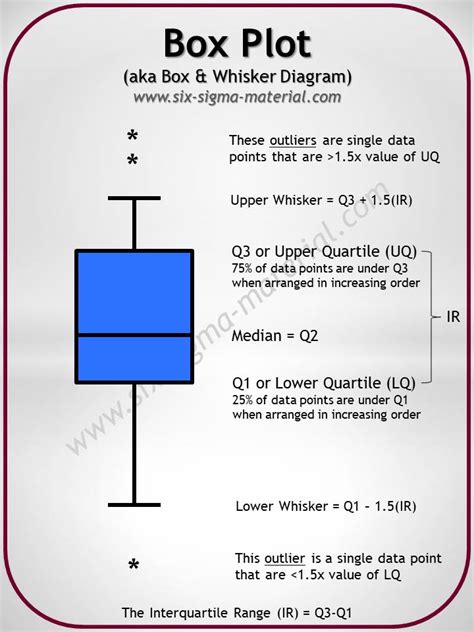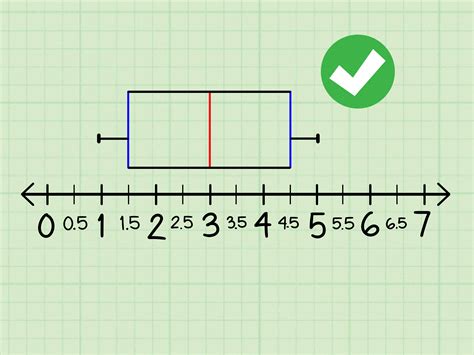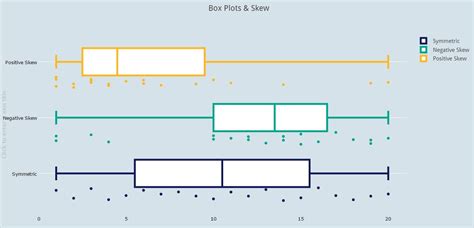box plot and distribution A box plot, also known as a box-and-whisker plot, is a graphical representation of the distribution of a dataset. It summarizes key statistics such as the median, quartiles, and outliers, providing insights into the spread and .
On-demand CNC machining service for rapid prototyping and production parts, through a network of specialized, experienced and thoroughly vetted local and global CNC machine shops. CNC machine all types of parts, from simple “as machined” workholdings to complex geometries.
0 · understanding box plots for dummies
1 · how to make a box and whisker plot
2 · different types of box plots
3 · describing shape of box plots
4 · boxplot shape of distribution
5 · box plot for normal distribution
6 · box plot distribution interpretation
7 · box and whisker chart type
Founded in 2006, as China CNC Machining Parts Manufacturer , MaiJin is specialized in all various custom-made CNC machining parts and CNC milling parts as well as Precision Turned Parts, Spacers etc.
understanding box plots for dummies
custom stainless steel cnc machining parts
how to make a box and whisker plot
A boxplot, also known as a box plot, box plots, or box-and-whisker plot, is a standardized way of displaying the distribution of a data set based on its five-number summary .A box plot, sometimes called a box and whisker plot, provides a snapshot of your continuous variable’s distribution. They particularly excel at comparing the distributions of groups within your dataset.A box plot is an easy method to display the set of data distribution in terms of quartiles. Visit BYJU’S to learn its definition, and learn how to find out the five-number summary of box plot with Examples.
Although box plots may seem more primitive than histograms or kernel density estimates, they do have a number of advantages. First, the box plot enables statisticians to do a quick graphical examination on one or more data sets. Box-plots also take up less space and are therefore particularly useful for comparing distributions between several groups or sets of data in parallel (see Figure 1 f.Box plots are used to show distributions of numeric data values, especially when you want to compare them between multiple groups. They are built to provide high-level information at a . A box plot, also known as a box-and-whisker plot, is a graphical representation of the distribution of a dataset. It summarizes key statistics such as the median, quartiles, and outliers, providing insights into the spread and .

Box plots, or box-and-whisker plots, are a visual tool used to represent the distribution of a data set. This type of graph shows key statistics of your data, including the median, quartiles, and outliers.Review of box plots, including how to create and interpret them.
custom sheet metal topeka ks
In this comprehensive guide, we will walk you through the key components of box plots and show you how to interpret them effectively. A box plot, also known as a box-and-whisker plot, is a standardized way of displaying the distribution of . In descriptive statistics, a box plot or boxplot (also known as a box and whisker plot) is a type of chart often used in explanatory data analysis. Box plots visually show the distribution of numerical data and skewness by displaying the data quartiles (or percentiles) and averages.A boxplot, also known as a box plot, box plots, or box-and-whisker plot, is a standardized way of displaying the distribution of a data set based on its five-number summary of data points: the “minimum,” first quartile [Q1], median, third quartile [Q3] and “maximum.”A box plot, sometimes called a box and whisker plot, provides a snapshot of your continuous variable’s distribution. They particularly excel at comparing the distributions of groups within your dataset.

A box plot is an easy method to display the set of data distribution in terms of quartiles. Visit BYJU’S to learn its definition, and learn how to find out the five-number summary of box plot with Examples.First, the box plot enables statisticians to do a quick graphical examination on one or more data sets. Box-plots also take up less space and are therefore particularly useful for comparing distributions between several groups or sets of data in parallel (see Figure 1 for an example).Box plots are used to show distributions of numeric data values, especially when you want to compare them between multiple groups. They are built to provide high-level information at a glance, offering general information about a group of .
A box plot, also known as a box-and-whisker plot, is a graphical representation of the distribution of a dataset. It summarizes key statistics such as the median, quartiles, and outliers, providing insights into the spread and central tendency of the data.
Box plots, or box-and-whisker plots, are a visual tool used to represent the distribution of a data set. This type of graph shows key statistics of your data, including the median, quartiles, and outliers.
Review of box plots, including how to create and interpret them.
In this comprehensive guide, we will walk you through the key components of box plots and show you how to interpret them effectively. A box plot, also known as a box-and-whisker plot, is a standardized way of displaying the distribution of data based on a five-number summary: minimum, first quartile (Q1), median, third quartile (Q3), and maximum.
In descriptive statistics, a box plot or boxplot (also known as a box and whisker plot) is a type of chart often used in explanatory data analysis. Box plots visually show the distribution of numerical data and skewness by displaying the data quartiles (or percentiles) and averages.A boxplot, also known as a box plot, box plots, or box-and-whisker plot, is a standardized way of displaying the distribution of a data set based on its five-number summary of data points: the “minimum,” first quartile [Q1], median, third quartile [Q3] and “maximum.”A box plot, sometimes called a box and whisker plot, provides a snapshot of your continuous variable’s distribution. They particularly excel at comparing the distributions of groups within your dataset.A box plot is an easy method to display the set of data distribution in terms of quartiles. Visit BYJU’S to learn its definition, and learn how to find out the five-number summary of box plot with Examples.
First, the box plot enables statisticians to do a quick graphical examination on one or more data sets. Box-plots also take up less space and are therefore particularly useful for comparing distributions between several groups or sets of data in parallel (see Figure 1 for an example).
Box plots are used to show distributions of numeric data values, especially when you want to compare them between multiple groups. They are built to provide high-level information at a glance, offering general information about a group of . A box plot, also known as a box-and-whisker plot, is a graphical representation of the distribution of a dataset. It summarizes key statistics such as the median, quartiles, and outliers, providing insights into the spread and central tendency of the data. Box plots, or box-and-whisker plots, are a visual tool used to represent the distribution of a data set. This type of graph shows key statistics of your data, including the median, quartiles, and outliers.
Review of box plots, including how to create and interpret them.

Discover precision and personalization with LML's CNC machining and sheet metal services. From design to delivery, our seamless process ensures unmatched quality and custom CNC .
box plot and distribution|box and whisker chart type